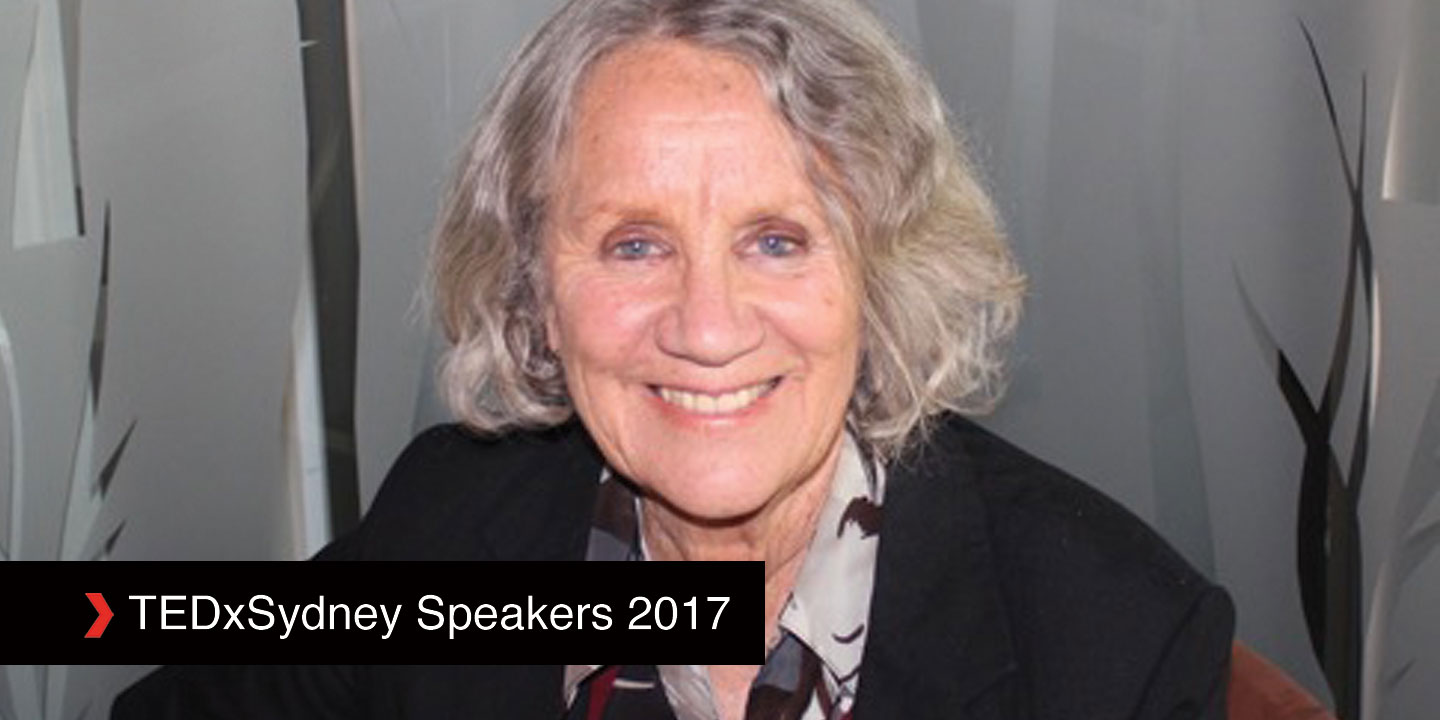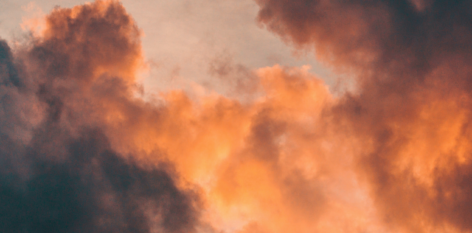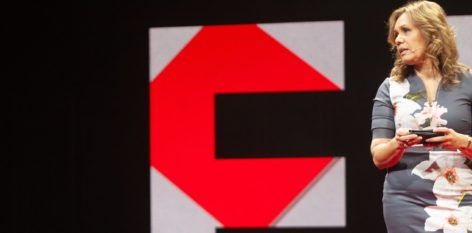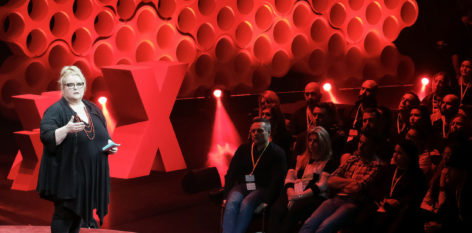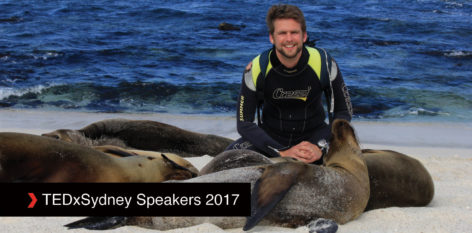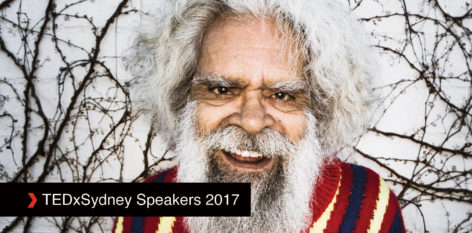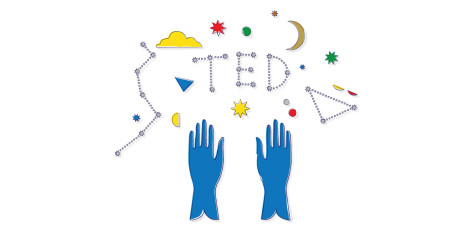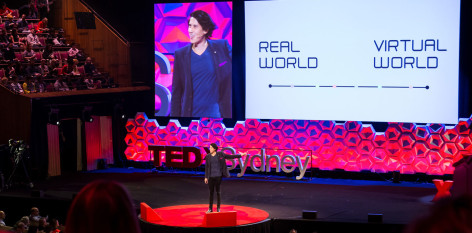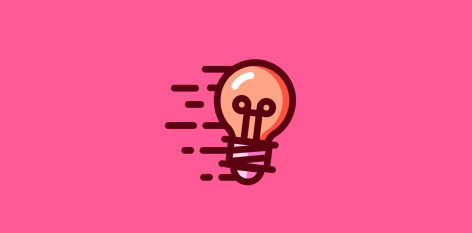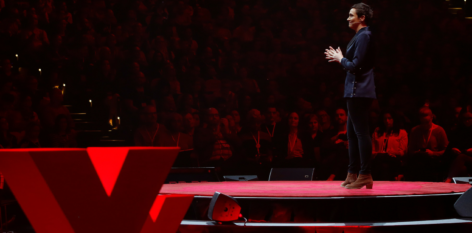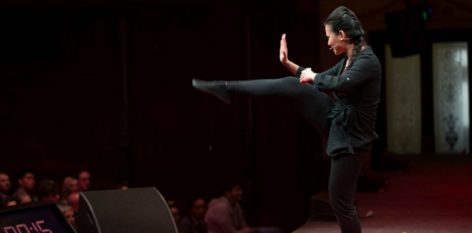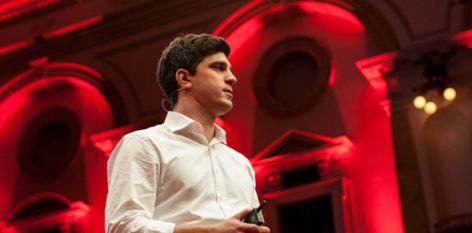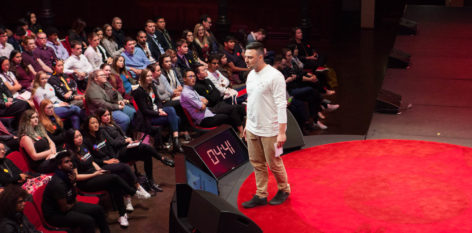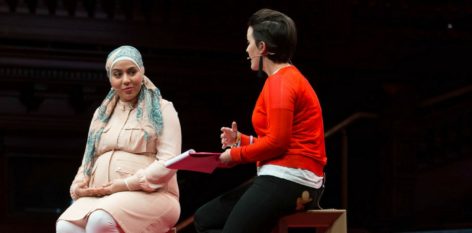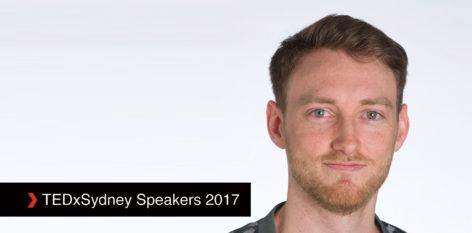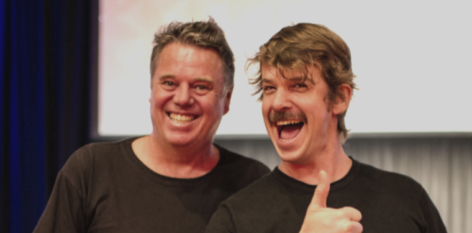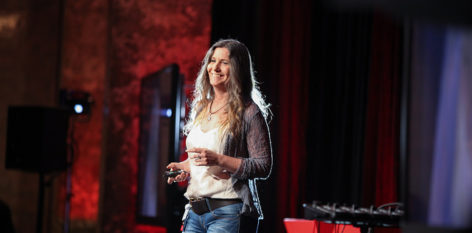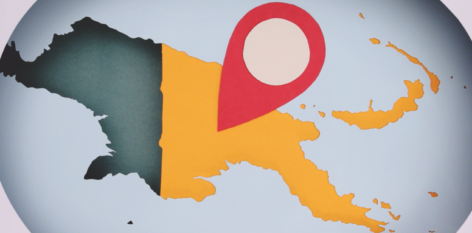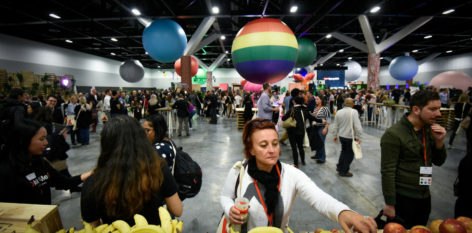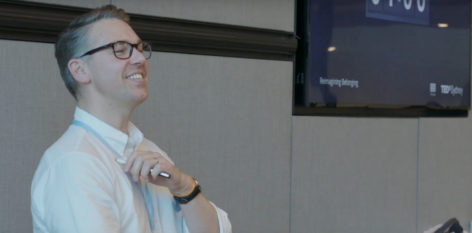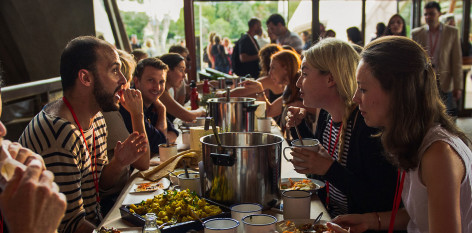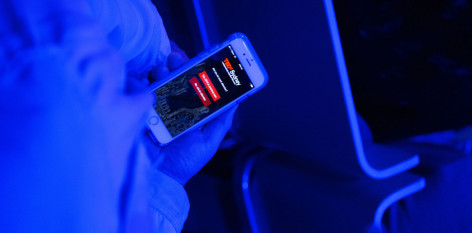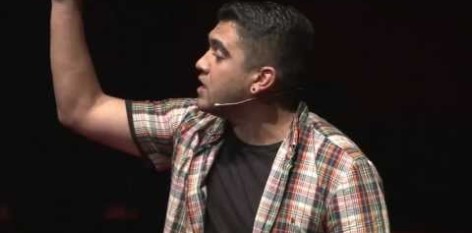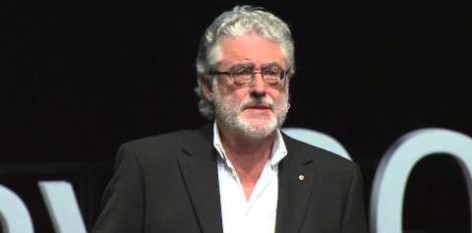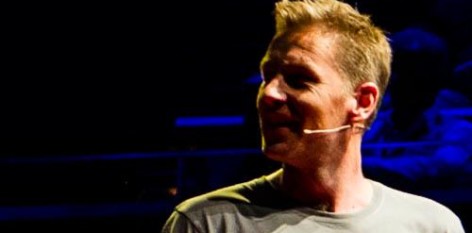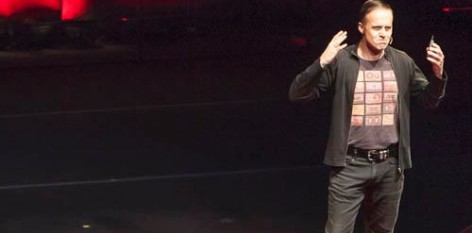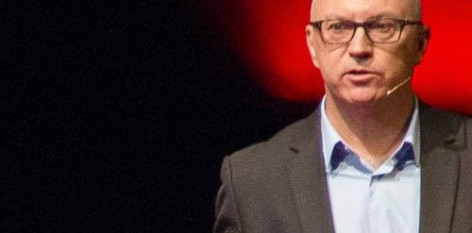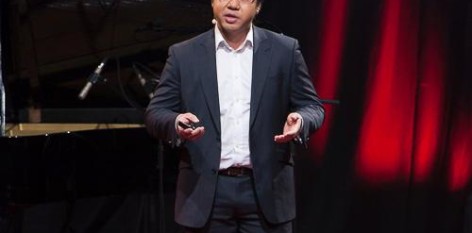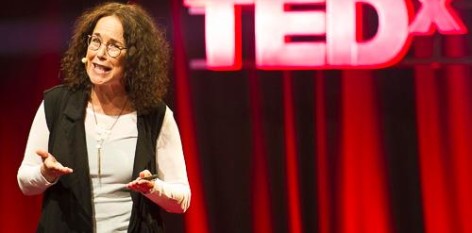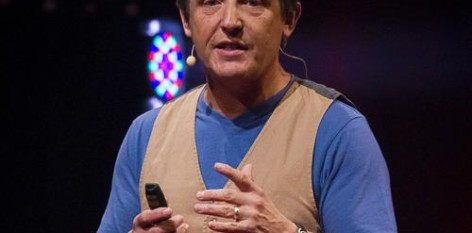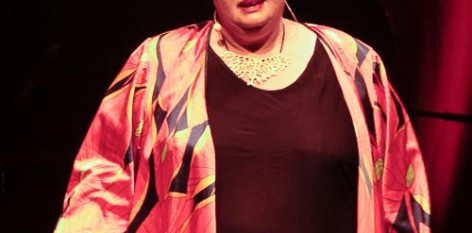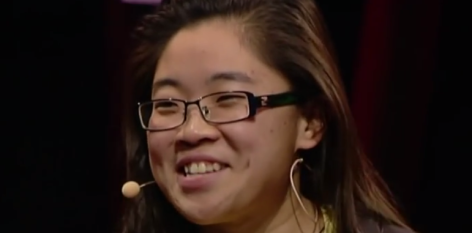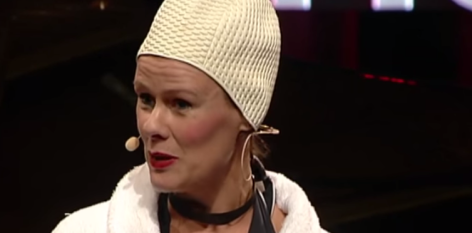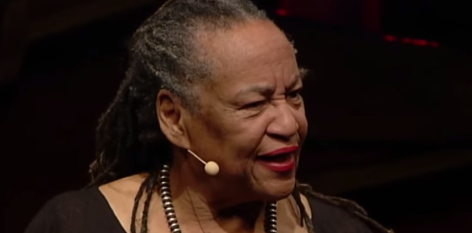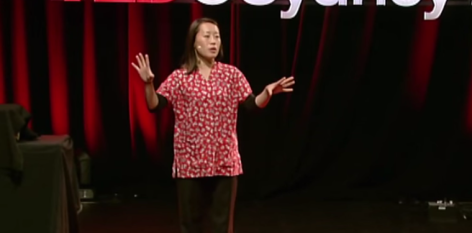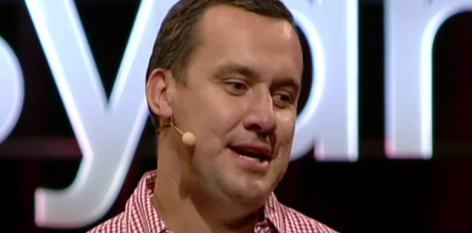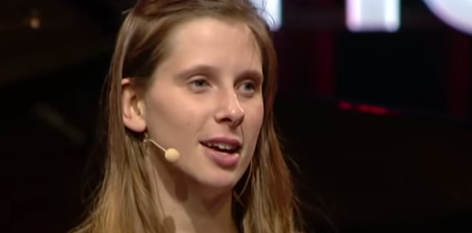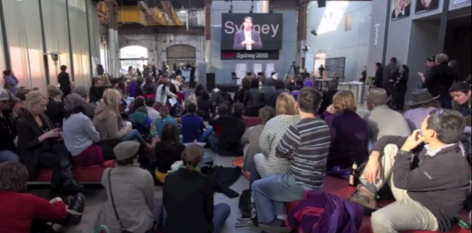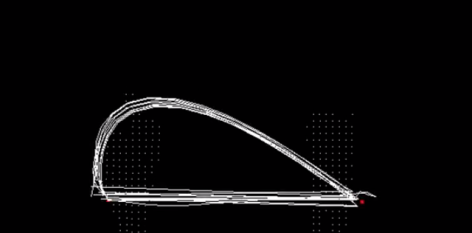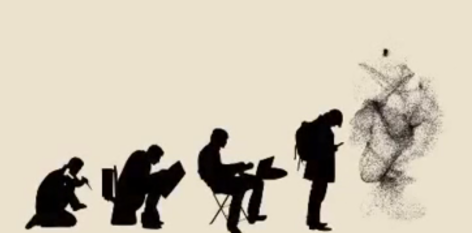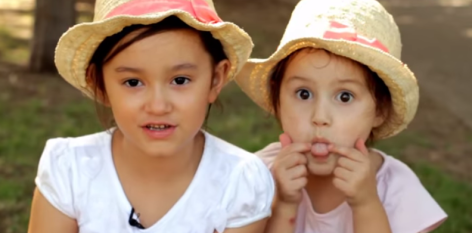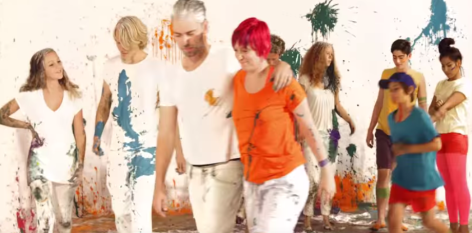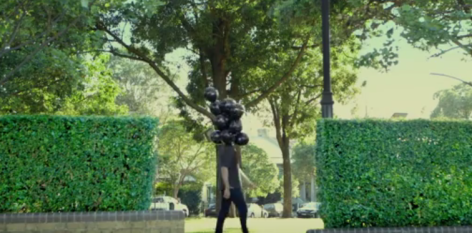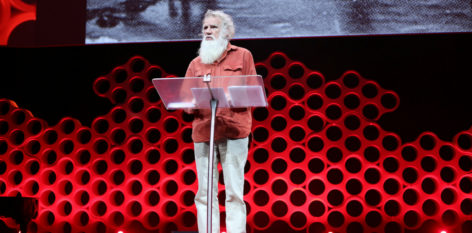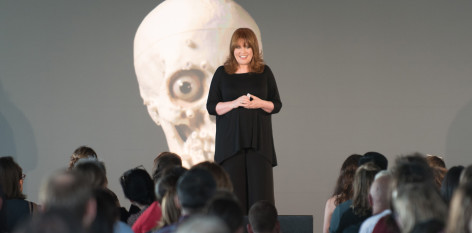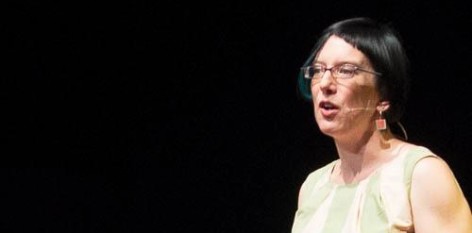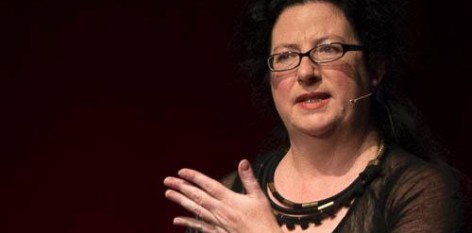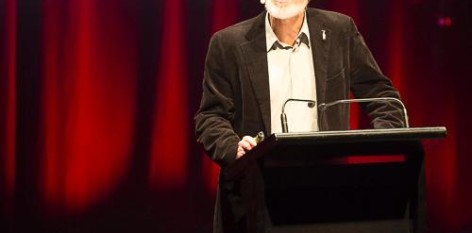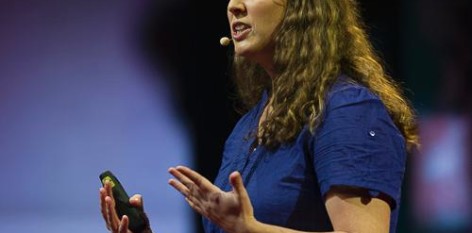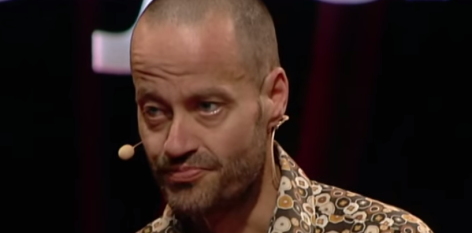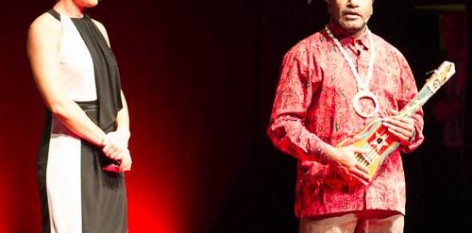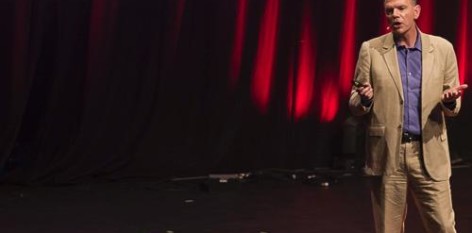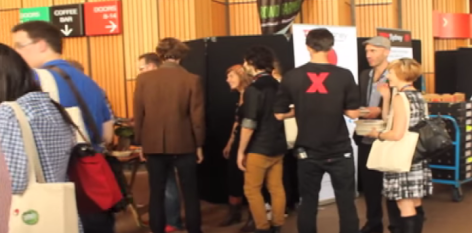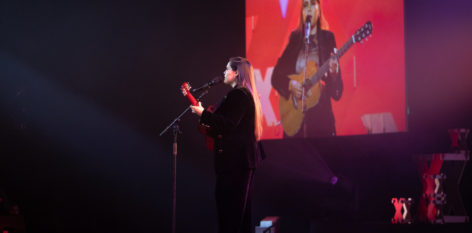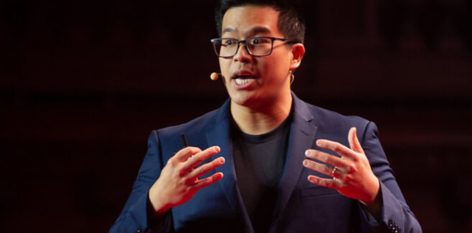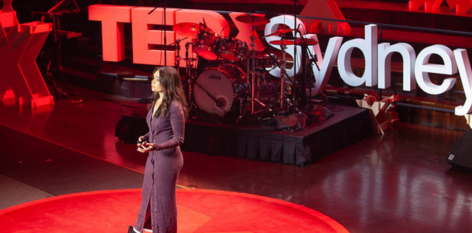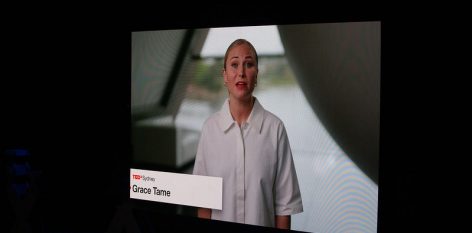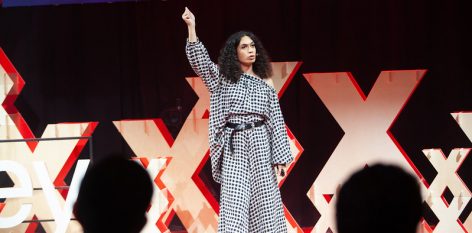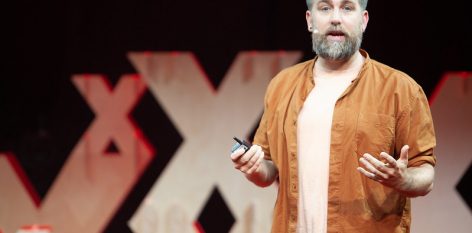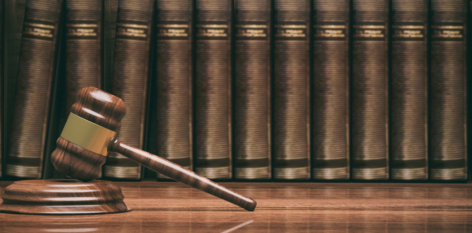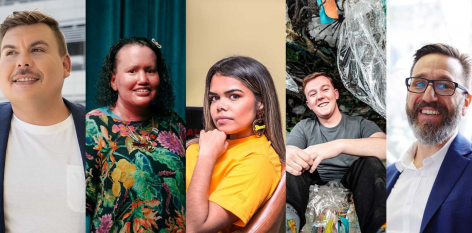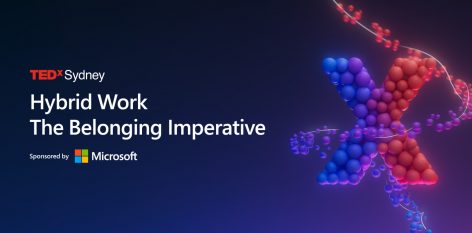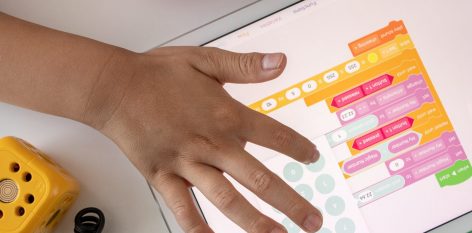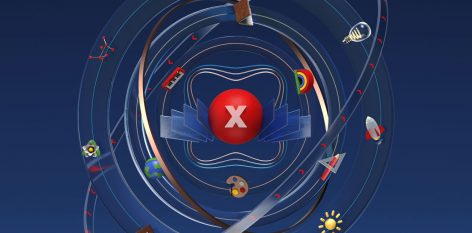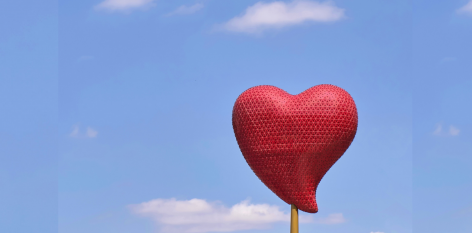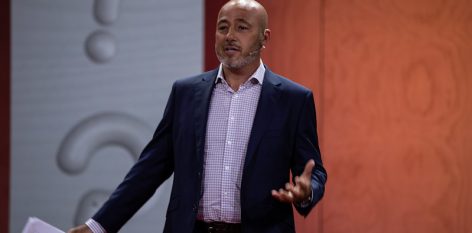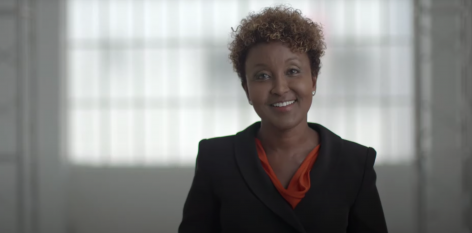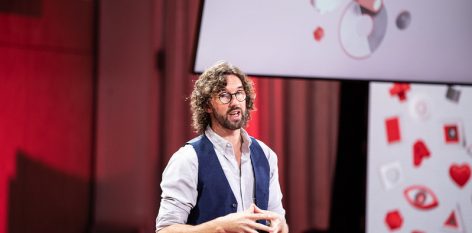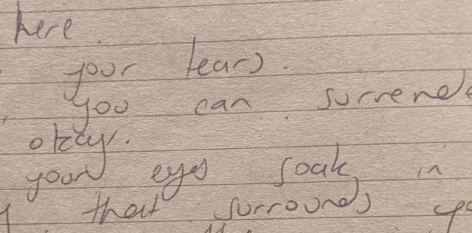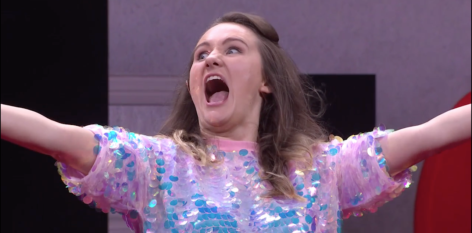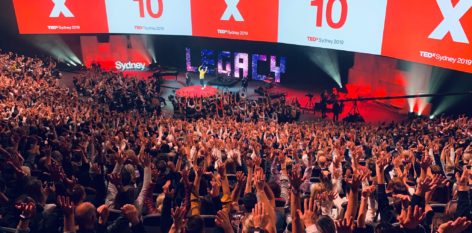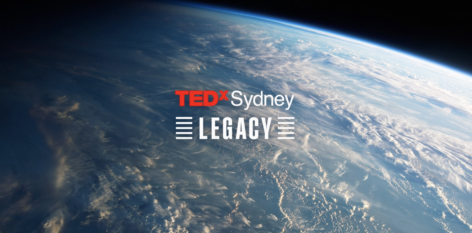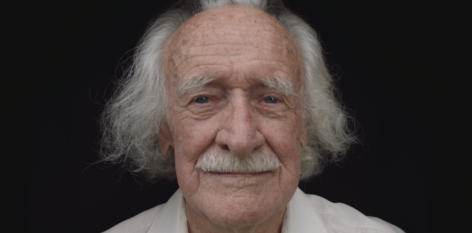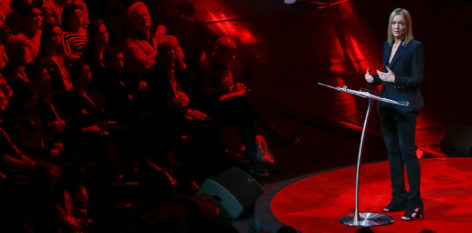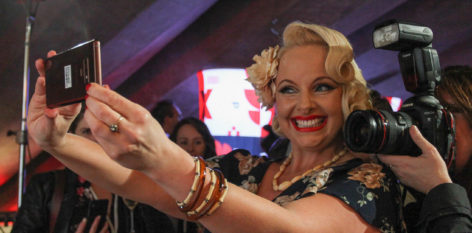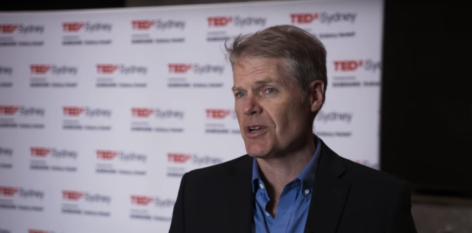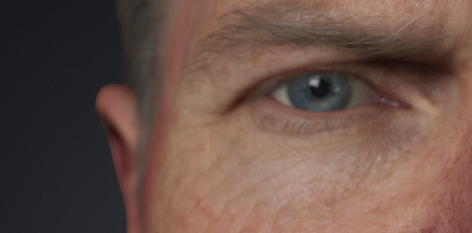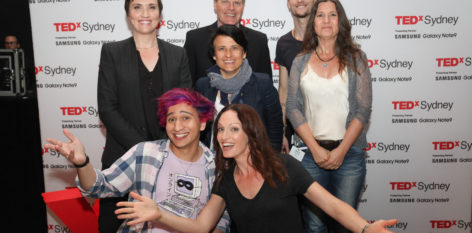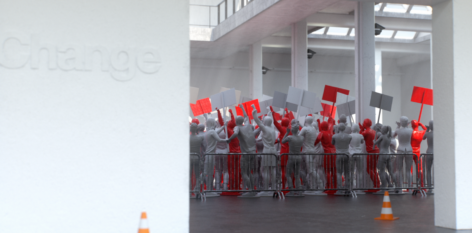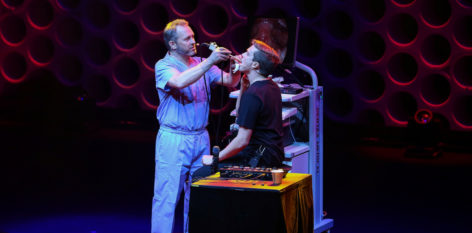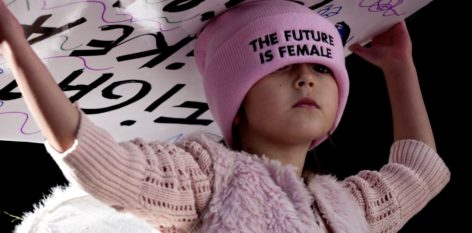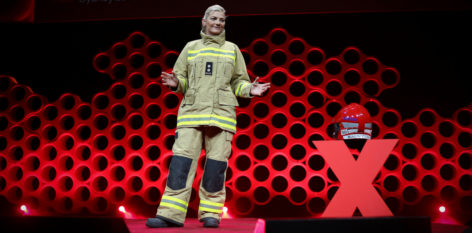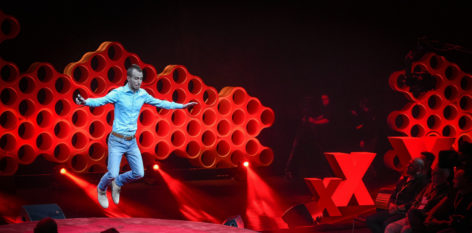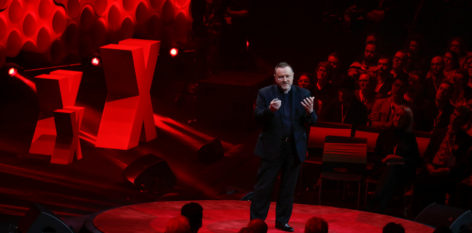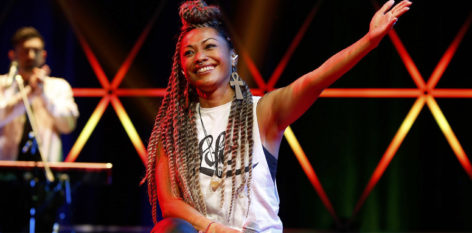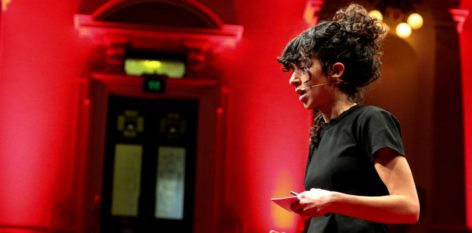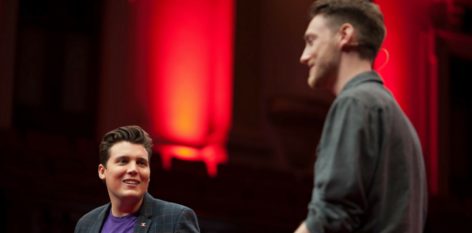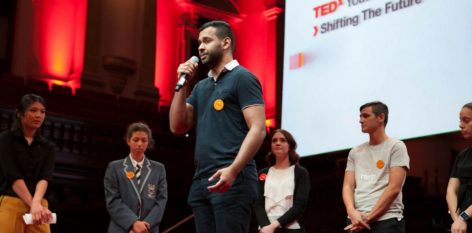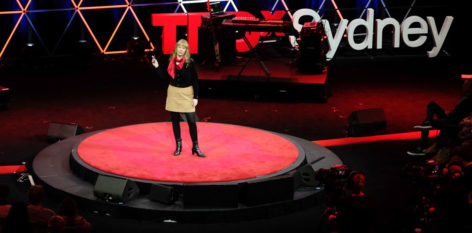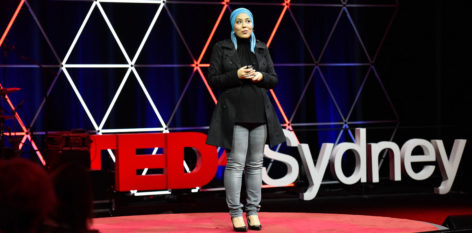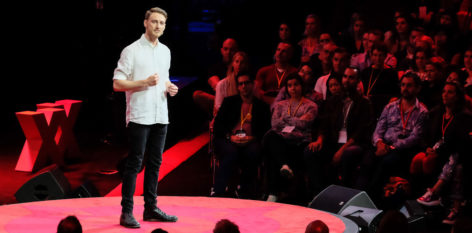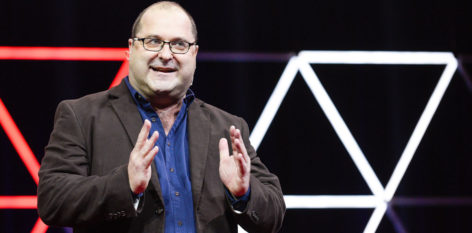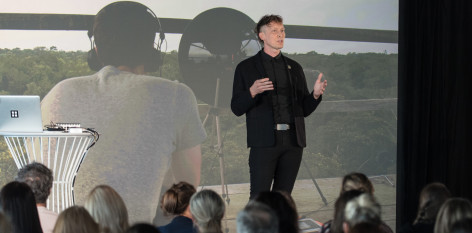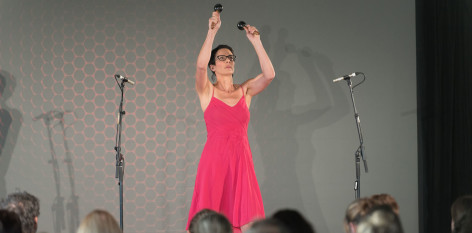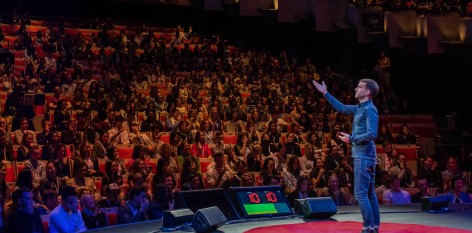If Australians have a will to Reconciliation, why hasn’t it happened yet? Emeritus Professor Judy Atkinson surveys the changes we’ve made and that are yet to come.
It was the early seventies in Meekatharra WA – a few years after the 1967 referendum – and Judy Atkinson remembers the screaming. Out in the street an Aboriginal woman was being beaten with an iron bar, and Judy came to her aid, protecting her from her attacker. She called services for help – the police, ambulance, even Native Affairs – but no one would come. ‘I remember thinking, so this is what the referendum means in the life of an Aboriginal woman living in Western Australia. Nothing.’
The referendum gave the federal government power to make laws in relation to Aboriginal people, but it couldn’t make them use this power responsibly. Judy casts her early faith in the referendum as naïve, but she also believes her disappointment sparked something in her. ‘I became outraged at what I saw more clearly was stark inequality in this country called Australia, and this influenced my activism from that time on.’
Judy has always teamed academic and practical approaches. Starting with an undergraduate degree majoring in Aboriginal Studies, through working in Cape communities in Northern Queensland, Judy became Professor of Indigenous Studies at Southern Cross University, heading up the Gnibi College of Indigenous Australian Peoples.
Judy believes that most Australians want Reconciliation. They want to close the gap, ‘but what is the gap we are trying to close?’ she asks. Citing the Adverse Childhood Experiences studies of Bessel van der Kolk in the USA, Judy points to all the long-term effects of childhood trauma in many indigenous people, including shame, grief, unmodulated aggression, risky and self-harming behaviours, poor health, serious illnesses and drug and alcohol abuse. Moreover, ‘people with childhood histories of trauma make up almost our entire criminal justice populations.’ Parents facing these challenges pass the trauma on to their kids. For Judy Atkinson, it’s clear that closing the gap is about healing these wounds – and breaking that cycle.
And that’s why we aren’t there yet. To achieve Reconciliation you have to address trauma, and government policies and programs, by and large, take a very different approach. While governments often impose trauma-inducing models of intervention, Judy advocates a trauma-healing model – programs of ‘educaring’ and activities ‘based on growing a felt sense hope.’ Judy’s programs are crafted to build people’s capacity to make meaning of life, and enrich cultural and spiritual identities. They involve storytelling, dance and song and poetry, and re-enactments of moments of loss or grief. The ritual elements in Judy’s work influence the neurobiology of trauma. Psychiatrist and trauma specialist Dr Bruce Perry explains, ‘These practices emerged because they worked. People felt better and functioned better, and the core elements of the healing process were reinforced and passed on.’
While the government is catching up Judy says we can all make a difference. ‘The biggest obstacle to Reconciliation is that people need first to reconcile with themselves, as individuals,’ says Judy. ‘We must ask, what are our beliefs – our attitudes – what pain do we carry that influences our behaviour? On both sides of the frontier.’ Judy sees Australia as being made up of the three ‘I’s – Indigenous, Invaders and Immigrants, all traumatized in different ways. When we recognize our demons and own the truth of our own stories, we can develop our capacity to empathise with the other.
In the wake of National Reconciliation Week and the Uluru talks, Judy Atkinson is optimistic. ‘I feel really positive about what happened at Uluru… I see the possibility of Reconciliation as we negotiate, plan, design a treaty. It will take much work, but done properly it has the potential for much healing.’
Book now to see Judy Atkinson at TEDxSydney on Friday 16 June 2017.
